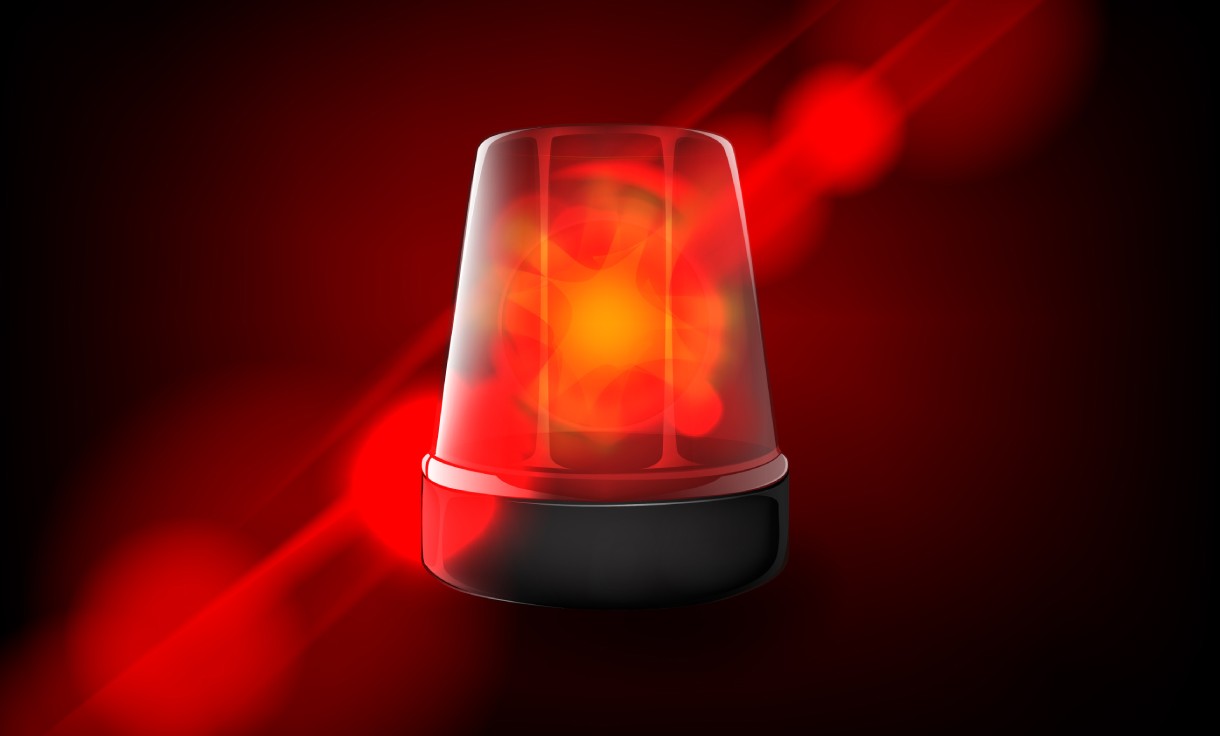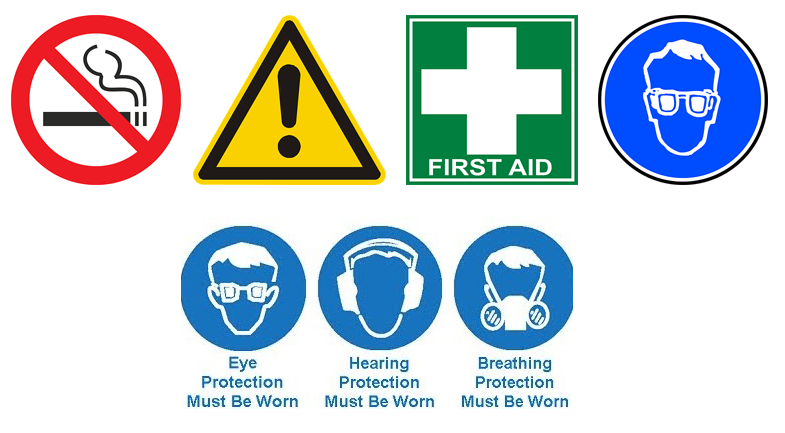Attending a safety induction session and training is compulsory for all users of the Makerspace.

In emergency
- Call the relevant Emergency Service (Police, Ambulance or Fire Brigade) on Emergency: 000
- Then report the incident to RMIT Security Emergency: 9925 3333.
Compulsory safety induction and training
As part of your general safety induction, we will ask that you read the information on this page.
Emergency contacts
In case of an emergency, call the relevant Emergency Service (Police, Ambulance or Fire Brigade) and then contact RMIT Security.
Emergency: 000
RMIT Security Emergency: 9925 3333
First aid and medical assistance
Where an incident involves personal injury:
- Attend to the injured person. First Aid kits are located in the Makerspace.
- Report the incident to the nearest Makerspace staff (our staff are trained in First Aid).
- Call an Ambulance on 000 and RMIT Security, if necessary.
Incident reporting
You must report all accidents, injuries or near-misses immediately, no matter how small they are.
The Makerspace staff will investigate each incident and remove the related hazards. If the incident is serious, the site should, where practicable, remain untouched until the investigation has been completed.
Emergencies and evacuations
Familiarise yourself with emergency procedures, including the nearest evacuation routes and emergency assembly areas.
If there is an emergency or evacuation, listen carefully to directions issued over the loudspeakers and follow instructions from the Makerspace staff. When you hear:
Beep Beep: turn off equipment and prepare to evacuate.
Whoop Whoop: evacuate the building and go to the assembly area.
During the evacuation:
- follow the directions of RMIT wardens
- do not use lifts
- do not re-enter the building until directed to do so.
It is a condition that all makers must attend a compulsory OHS induction before using the Makerspace equipment and tools.
Duty of Care
When you enter the Makerspace, you are bound by Duty of Care. This means that you become responsible for the health and safety of yourself and of other makers, who may be affected by your actions while in the workshop.
To keep the Makerspace area safe for yourself and others:
- watch out for any potential hazards
- be careful and avoid risks and
- report immediately any hazards and accidents to the Makerspace staff.
General safety rules
- Always follow instructions and safety guidelines issued by the Makerspace staff.
- Read all safety signs, instructions and notices.
- Do not eat or drink while working in the Makerspace.
- Do not use equipment and tools if you are tired, distracted, or if you have been drinking alcohol or taking drugs.
- Do not distract or interrupt other makers while they are working.
- Wear appropriate Personal Protective Equipment (PPE) and clothing.
- Do not block or obscure emergency evacuation thoroughfares or fire equipment. Keep your bags and any other items out of the way.
Equipment safety rules
- You must follow safety procedures documented in the Safe Operating Process (SOP) when using tools and equipment.
- Return tools and equipment to the allocated space.
- Do not use broken, blunt or damaged tools. Report to the Makerspace staff as soon as you find one.
- Please DO NOT return or put away damaged tools or equipment without informing staff. The next user could be seriously hurt or injured.
- If you break or damage tools or equipment, it is your responsibility to report it to staff.
- Any materials you bring must be approved for use by the Makerspace staff. If we are uncertain of the properties of the material we may not allow you to use it.
- You must not use any chemicals, such as adhesives, without approval. You may need to supply the Materials Safety Data Sheet.
- Access to equipment is on a first come basis.
- Limits may be placed on equipment use depending on demand. Do not expect to have unlimited access to equipment.
Space usage rules and etiquette
- Keep your working area tidy to prevent accidents, injury and inconveniencing other users.
- Keep spaces around the equipment clear.
- Keep the noise to a minimum.
- There is no running water in the Makerspace so some activities, such as painting, may not be possible.
- We have limited space and may not be able to store projects you are working on. If we do and you don’t collect your project by the agreed date, it may be discarded.
- Please clean up after yourself: clean the benches and sweep the floors when you have finished or when the Makerspace staff asks you to.
How to reduce the risk of injuries
Use common sense, be mindful of what you are doing and avoid getting distracted. Ask yourself:
- Have I completed the safety induction?
- Have I read the relevant safety instructions?
- Is there a safer way to do this?
- Am I using the right tool for the job?
- Am I wearing suitable protective clothing and personal safety accessories (such as glasses or gloves)?
- Is this a potential hazard?
What is a hazard?
A hazard it is something that has the potential to cause harm. Being aware of all potential hazards will help you and others avoid injuries or damaging the equipment.
Report any potential hazards to the Makerspace staff immediately because unreported hazards can result in serious accidents. Here are examples of what can happen if hazards are not reported:
- Equipment and tools: punctures, stabs, cuts, abrasions, amputations.
- Chemical and material: poisoning, allergic reactions.
- Environmental: suffocation, illness, hearing damage.
- Ergonomics: repetitive strain injury, carpal tunnel.
- Manual handling: sprains, strains, muscle tearing.
- Slips, trips and falls: broken bones, head injuries.
- Electrical: shock, burns.
Personal protective equipment
Personal Protective Equipment (PPE) is clothing or equipment design to protect you from the risk of injury.
The Makerspace PPE is located near the entrance. You can use any of the following when in the workshop:
- thin non-latex gloves
- heavy heat-proof gloves
- safety glasses
- dust masks
- ear plugs
- headphone hearing protection
Choosing what PPE to wear depends on what you are doing. You should always read the Safe Work Instructions (SWI) and ask the Makerspace staff for advice.
You may also be required to purchase your own PPE if the task you are performing requires it.
PPE is for use in the workshop only. Do not remove it from the Makerspace, please.
Appropriate clothing
The Makerspace is a place where items are made and constructed. This will involve manual work using equipment and machinery and the wearing of appropriate clothing is an important safety requirement.
Do
- Tie back long hair and beards to reduce the risk of being caught in equipment and machinery;
- Wear appropriate Personal Protective Equipment (PPE).
Do not
- Wear high heels, thongs, sandals or any open-toe shoes;
- Wear jewellery or clothing, which may get caught in machinery, get in the way of your work or obstruct your vision.
Signs and symbols
Pay attention to safety signs in the Makerspace. These universal symbols will:
- Warn you of hazards or potential risks and show you how to avoid them;
- Show you the location of safety, first aid, and fire protection equipment;
- Instruct you in emergency procedures.
Here are the types of signs and their description:
- Prohibition signs: Circle (white background with red borders and crossbar; black symbol)
- Warning signs: Triangle (yellow background with black border; black symbol)
- Emergency information signs: Rectangle (green background; white symbol)
- Mandatory signs: Circle (blue background; white symbol)
 Examples of safety signs
Examples of safety signs
Safe Operating Process (SOP)
In addition to the safety signs, you will find detailed step-by-step safety instructions, called the Safe Operating Process (SOP) document, next to the individual pieces of equipment.
SOP documents do not replace instruction manuals or training in the use of the piece of equipment. They are designed to remind you of the safe way to use that piece of equipment.
Even after you have been trained, you should always read them before operating any piece of equipment.
Occupational Health and Safety (OHS) involves both developing and continually improving the systems and procedures designed to keep everyone safe at RMIT University.
OHS is largely enforced by governmental laws and regulations. RMIT University has its own policies and procedures from the University level, through localised areas.
As a student, remember that Victoria's OHS Act, Section 32 states that "other persons have a duty not to recklessly endanger persons at workplaces".
Remember, have fun but play safe!




